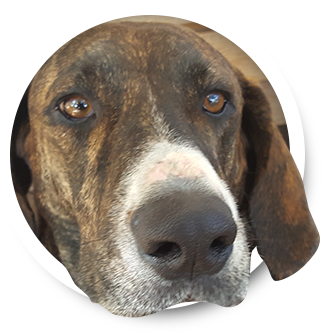

Duke here. Who thinks about their fuel gauge? You probably don't… until it doesn't work anymore. Then you have to guess how much fuel is in your tank, and that's no way to live life on the road. Imagine how upset the hounds will be if they don't get their car ride. So today, we will be barkin' about fuel gauge problems and what to do. Let's get barkin'!
Fuel gauges, like every other part in your vehicle, can fail. When yours stops working, you will probably want to head over to your service facility soon because no one relishes running out of fuel.
The fuel gauge system is much more than just the gauge on your instrument panel. Most systems have a float inside the fuel tank that goes up and down depending on the fuel level. It's called the fuel-sending unit, and it sends an electrical signal to the gauge (on the dash), telling it to display how much fuel is left in the tank.
So, what could go wrong? Well, a few things. For one thing, corrosion from bad fuel can cause it to stick, and it won't move up and down anymore. So you could fill up your tank, and the gauge would still read Empty. If a sending unit needs to be replaced, the parts can be costly. The good news is that fuel-sending units rarely fail, and most drivers will never have one go bad.
Other things that can go wrong? An electrical problem could cause a fuse to blow and you won't get a reading at all. A technician can figure out where that electrical problem is and how to repair it. Finally, it's possible for the gauge itself (on the instrument panel) to fail.
One thing to keep in mind is if your fuel gauge isn't working, you might be tempted to carry around an extra container of fuel. That's ok if it's outside the cabin, such as in the bed of a pickup. But if you carry it inside the cabin or trunk, fuel fumes can be very dangerous for your health, even fatal.
A working fuel gauge gives you peace of mind… so you'll never have that "empty" feeling.
I leave you with this thought,
"Did you ever notice when you blow in a dog's face he gets mad at you? But when you take him in a car he sticks his head out the window!" ~Steve Bluestone
DUKE

Allied Auto Works
2073 Grant Road
Los Altos, CA 94024
650.968.7227
https://www.alliedautoworks.com/